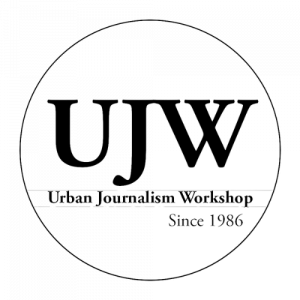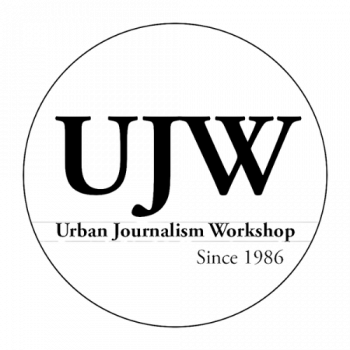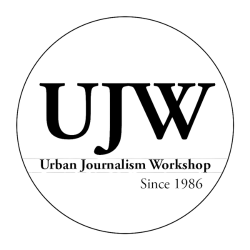By Gabby Brooks
UJW Staff Writer
ROCKVILLE, Md.– In Mooresville, N.C., students file into their classrooms, but instead of pulling out their notebooks and pencils, they have school-issued laptops.
The Mooresville school district is joining educators who are integrating digital technology into education. Since these modernizing changes were passed, the graduation rate, test scores, and national ranking have all increased. School districts in the D.C. metropolitan area are taking steps to follow suit.
“While computers have been a part of the classroom experience for years, school officials are finally thinking about how to modernize their classrooms to better utilize technology to meet the needs of all students,” said John Bailey, the executive director of non-profit organization Digital Learning Now.
In Maryland, Montgomery County Public Schools (MCPS) Superintendent Joshua Starr approved a technology modernization plan in September that included expanding the number of Smart Boards across the county and installing wireless networks in all high schools. Additionally, SB 283 was approved by Gov. Martin O’Malley this April and it established an Advisory Council for Virtual Learning to discuss issues regarding digital learning.
At Richard Montgomery High School (RM) in Rockville, Md., many students believe their school lags behind in digitizing. While the school has several computer labs open to all students, the Wi-Fi is password-protected and students are not allowed to bring laptops into class.
“I think RM is technologically advanced in terms of the Promethean boards, which are a fantastic addition that makes learning interactive. But what really frustrates me is our outdated computer programs and the students’ inability to bring in our laptops to take notes during lectures,” said RM senior Rachel Mayl.
However, RM is beginning to digitize. The students this year were given discounted prices for Microsoft Surface tablets and were encouraged to purchase and use them to take notes in class. Beginning next year, MCPS students will have Wi-Fi access for personal devices.
“I hope that RM begins to update more soon. I know that I personally would be able to take much more concise, informative, and inclusive notes on my laptop, rather than a notebook, and still be a full participant in the classroom,” Mayl added.
With the many snow days hitting the East Coast this year, the digitization of schools has become an increasingly pressing issue. MCPS had nine snow days this school year and in response, RM math teacher Laura Goetz filmed her lectures and uploaded them to YouTube.
“I think the online lectures were a great way to keep the class on schedule during the many snow days we had. They were exactly like a regular class session and you could even move at your own pace or listen to something again if you didn’t understand,” said senior Lindsey Noll, a student in Goetz’s AP Calculus class. Noll also added that even those who do not have internet access or computers were given enough time to go to the library to watch the videos.
Another way schools are integrating technology is through a model called blended learning, according to Bailey. “In a blended learning classroom, students spend part of their time utilizing technology and part of the time interacting with their teacher and classmates…This approach allows teachers to reach more students in a larger class, while providing instruction that’s tailored to the individual needs of each child through the digital content provided,” he said.
Bailey pointed to Chancellor of D.C. Public Schools Kaya Henderson, who said blended learning means “integrating technology into the curriculum in a smart way. It’s not just putting students in front of computers—it’s helping students learn better through a blend of technology-enhanced instruction and face-to-face teaching.”
Digital Learning Now releases an annual Digital Learning Report Card and the 2013 analysis ranked Florida and Utah as the best states for digital learning, both scoring 92 percent. Bailey noted how students in these states have seen “tremendous expansion” in the courses available, especially for foreign language options and AP courses. Additionally, Florida Virtual School students are outperforming their peers on AP and state assessments.
However, Noll noted the possible distractions and believes that “schools should not necessarily rely too much on technology, such as requiring students to bring their own laptops or tablets to school everyday. Instead, they should only allow students who choose to to use them in classes where they could thrive.”
“All of these great tools available today should be deployed in a smart and thoughtful manner. Today’s educators have more resources than ever before; the challenge is to use them in a way that complements their instruction,” Bailey said.


